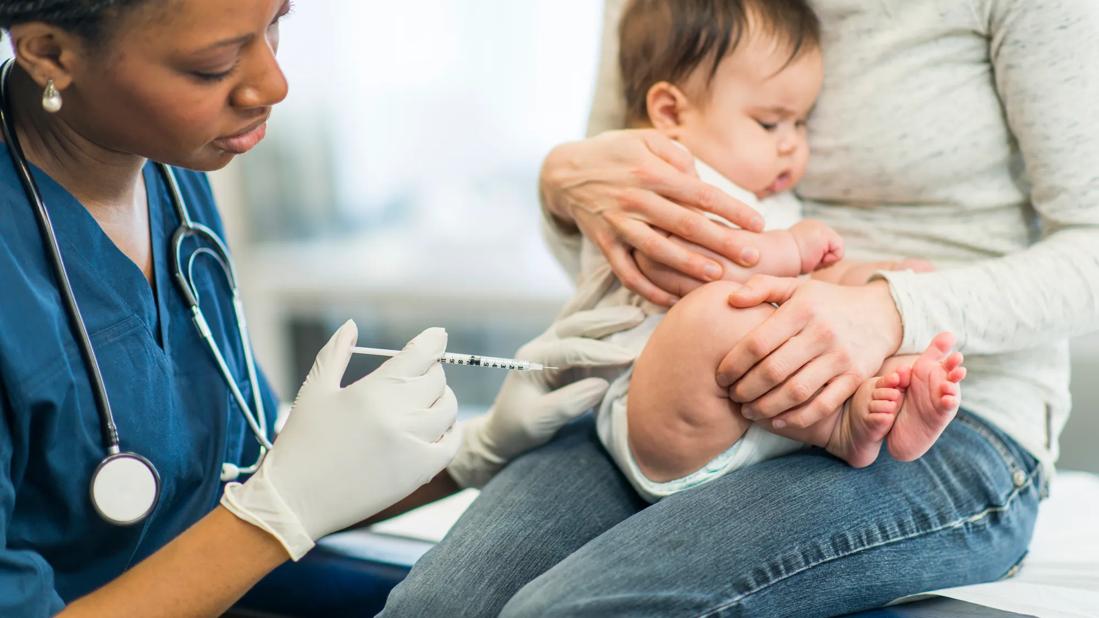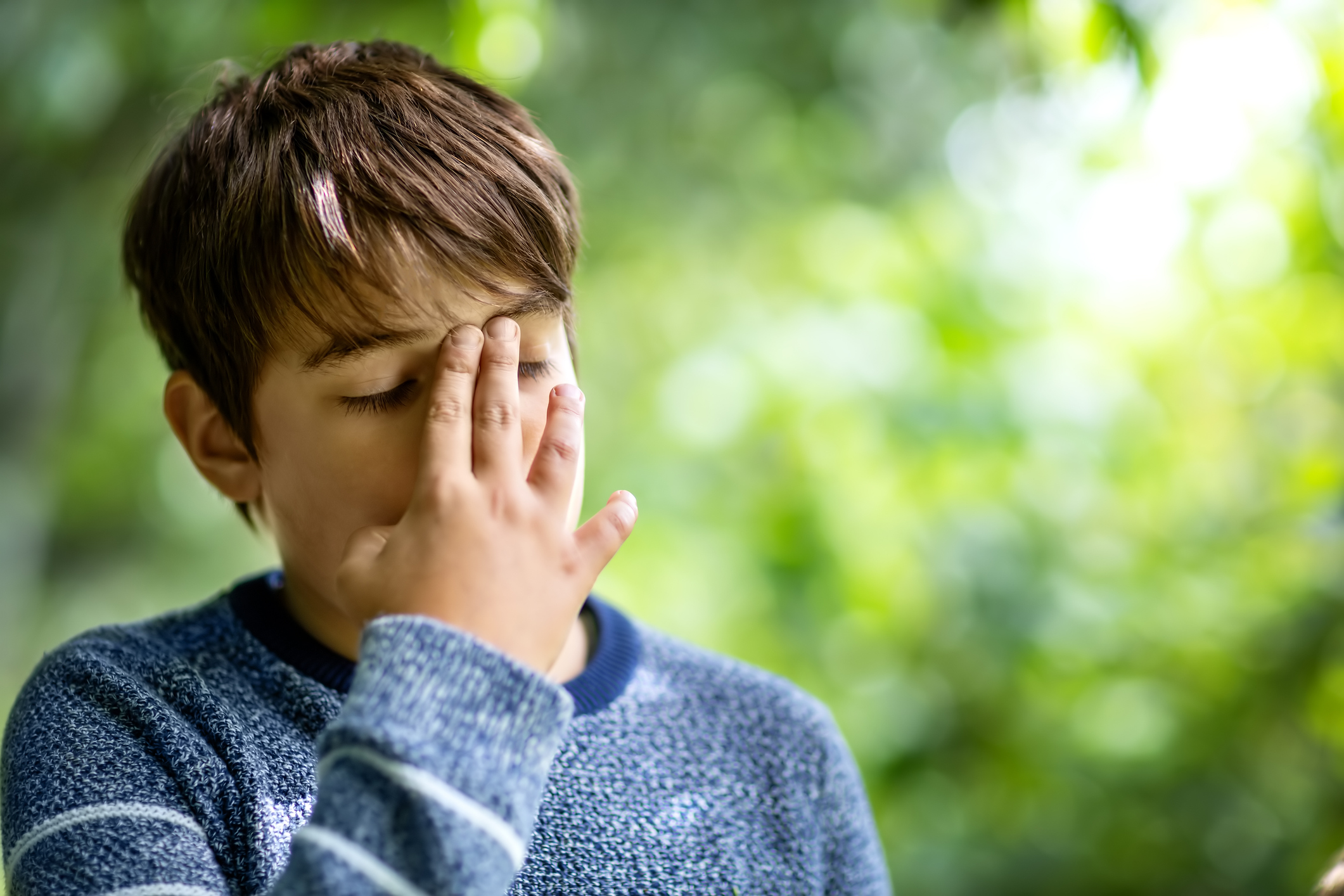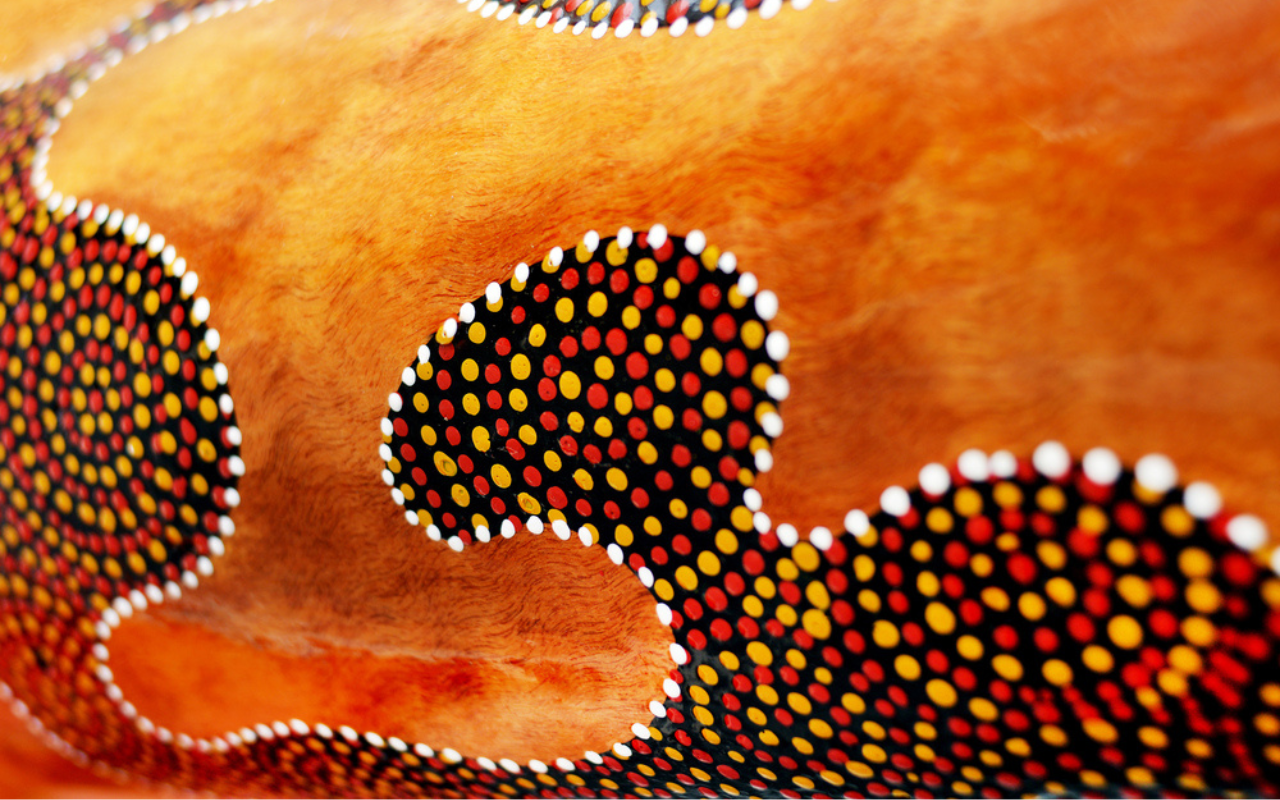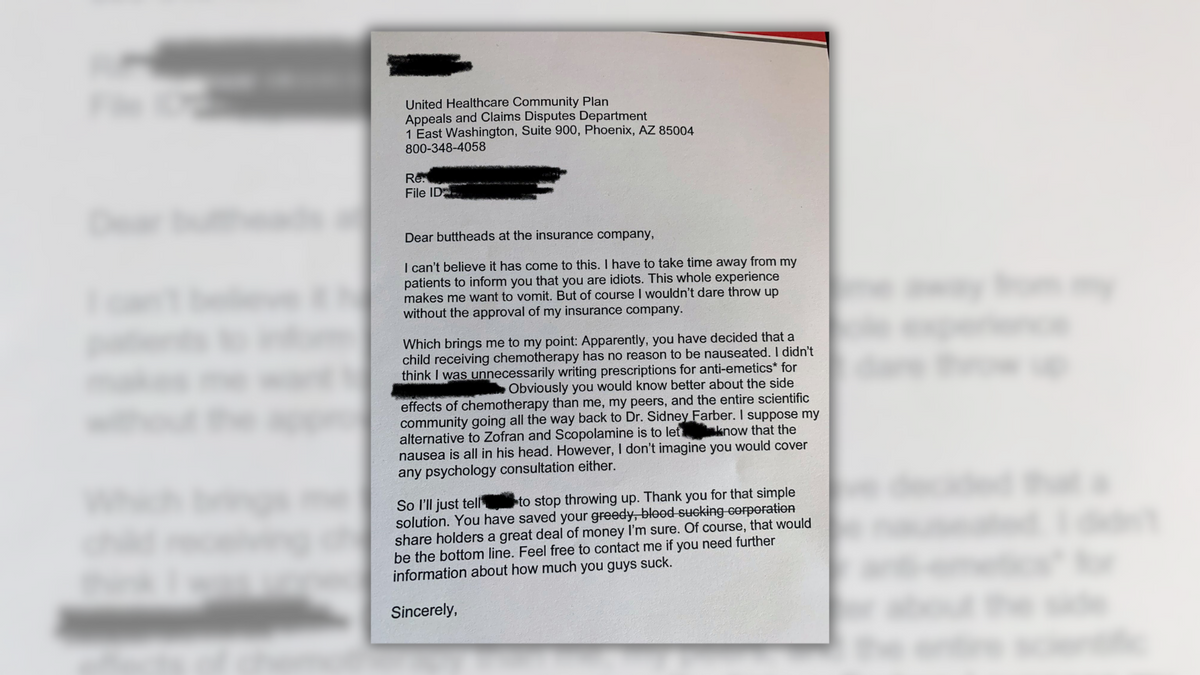Swollen Glands and Lymphadenopathy in Children
:max_bytes(150000):strip_icc()/GettyImages-91559307-577082285f9b585875eb09fa.jpg)
Children can have swollen lymph nodes, referred to as lymphadenopathy, for a variety of reasons. It’s usually a sign that the body is fighting off infection by activating the immune system.
Swollen lymph nodes will usually return to their normal size within a few days when a child gets over an infection. However, lymphadenopathy can be a sign of serious conditions, such as cancer or autoimmune disease, so it’s best to keep an eye on it and have your child’s pediatrician check it out if it doesn’t improve within a few days.
Children are small, and you might be able to feel a child’s lymph nodes even if they don’t have lymphadenopathy. It is not uncommon to feel normal-sized lymph nodes in infants and toddlers, with the lymph nodes measuring less than about 1 centimeter (cm), around 1/2 an inch.
What Are Lymph Nodes?
The lymph nodes are part of the body’s lymphatic system, which includes lymph fluid, lymph vessels, the tonsils, the thymus gland, and the spleen.
Lymph nodes serve several functions:
- They filter pathogens (harmful infectious organisms like viruses and bacteria) by recognizing them, trapping them, and destroying them.
- They recognize and destroy cancer cells.
- They produce and store lymphocytes, which are the B cells and T cells of the immune system.
- They are the place where B cells proliferate and produce antibodies, which are specific proteins that recognize, fight, and remember infectious pathogens so they can destroy them if exposed at a later time.
Children have larger lymph nodes than adults, and they can frequently become swollen because children are exposed to new infections that require their immune systems to make immune cells and antibodies.
Lymph fluid includes white blood cells and proteins to help fight infections. As the fluid moves through the lymph vessels (a venous network parallel to the blood circulatory system), lymph nodes filter out materials such as pathogens and cancer cells.
Locations
There are over 600 lymph nodes located throughout the body, ranging from near the surface of the skin to deep in the abdominal, pelvic, and chest cavities.
Lymph nodes are described by their location and include:
- Occipital (back of the head)
- Preauricular (front of the ear)
- Postauricular (behind the ear)
- Paratracheal (next to the windpipe)
- Submandibular (under the jaw)
- Submental (under the chin)
- Facial (in the cheek area)
- Anterior cervical (the front of the neck)
- Posterior cervical (back of the neck)
- Supraclavicular (above the collarbone)
- Popliteal (behind the knee)
- Axillary (in the armpit)
- Epitrochlear (below the elbow)
- Inguinal (in the groin area)
Along with their location, the distribution of swollen lymph nodes can help your child’s healthcare provider determine the cause of the swelling.
Lymphadenopathy may be localized or generalized (widespread). Generalized lymphadenopathy may be related to a viral infection, autoimmune disorder, or disseminated diseases. Localized lymphadenopathy can occur due to a mild infection, an infection from a contaminated injury, or a local spread of cancer.
What Causes Swelling?
Verywell / Brianna Gilmartin
Viral infections are the most common cause of lymphadenopathy in children. However, lymphadenopathy develops whenever the lymphocytes proliferate or when a disease such as cancer or an immune disease affects the lymph nodes.
Common Causes
Many young children temporarily develop swollen glands when they have an infection. Lymphadenopathy can be especially prominent in the nodes closest to the site of infection.
Common causes of lymphadenopathy in children include:
The lymph nodes may also enlarge due to an allergic response. This is when the body’s immune system overreacts to a harmless substance, such as pollen or pet dander. Your child’s lymph glands may become swollen after an insect bite or a severe case of hay fever. Lymphadenopathy might not be as noticeable as the other effects of an allergy.
Serious Causes
Severe infections and cancer can cause fluctuating, yet persistent lymphadenopathy.
Sometimes the body is not able to effectively fight an infection, or the immune system is impaired. Cancer cells can spread to the lymph nodes, and the immune system may be unable to destroy them.
Serious and less common causes of lymphadenopathy in children include:
- Lymphadenitis: Infection of a lymph node
- Pediatric lupus: An inflammatory autoimmune disease
- Kawasaki disease: A rare inflammatory disease that can cause heart problems and other complications in children
- Cat scratch disease: An infection caused by the bacteria Bartonella hensela
- Scrofula: An infection of a lymph node caused by tuberculosis
- HIV: In which lymphadenopathy is a common symptom of early infection
- Pediatric lymphoma: A cancer of white blood cells called lymphocytes
- Leukemia: A cancer of white blood cells called leukocytes
These more severe cases of lymphadenopathy will not resolve until the cause is treated.
Symptoms
Swollen lymph nodes often do not cause symptoms. But they can be tender or painful. Lymphadenopathy may cause symptoms due to pressure on nearby structures. For example, it may be hard to swallow if your paratracheal lymph nodes are swollen.
Axillary lymphadenopathy can cause tenderness under the arms, with increased pain when a child moves their arms. Enlarged cervical lymph nodes can cause neck pain and may make it uncomfortable to lie down. Mediastinal lymphadenopathy in the chest can make it difficult to breathe if the lymph nodes are severely enlarged.
The most common symptoms associated with lymphadenopathy are the symptoms of the primary condition (such as infection or cancer).
Symptoms your child can experience along with lymphadenopathy can include:
- Fever, fatigue, and soreness with a respiratory infection
- Fever, chills, vomiting, and/or rash with a bacterial infection
- Sneezing and watery eyes with an allergy
- A rash and joint pain with autoimmune disease
- Fatigue, weight loss, and swelling near the swollen lymph nodes with cancer
- Frequent infections with HIV
Your child might have pain or redness near the swollen lymph nodes. This occurs because lymphadenopathy is typically a response to a condition in the body, and the lymph nodes that become the most swollen are generally located near the primary condition.
Associated symptoms, such as persistent or unexplained fever, unintentional weight loss, fatigue, and night sweats can be signs of a serious condition.
Diagnosis
Your child’s healthcare provider will take a history of their symptoms and do a physical examination when evaluating swollen lymph nodes. The healthcare provider will consider the size of lymph nodes, their location, consistency (soft, firm, or rubbery), whether redness is present, mobility (if it moves) and whether there is tenderness.
The cervical, axillary, and inguinal nodes are the ones most readily felt during a physical exam. These lymph nodes can be swollen in around half of all children between the ages of 3 and 5 who are perfectly healthy.
Certain lymph nodes, especially the supraclavicular, epitrochlear, and popliteal glands, are rarely swollen, even in children. This would be considered a red flag to healthcare providers that further investigations are needed.
Depending on the clinical history and physical examination findings, your child might have diagnostic tests to determine the cause of their lymphadenopathy.
- Blood tests to check immune cell patterns that could suggest infections, lupus, or cancer
- Cultures to check for bacterial or viral growth
- Imaging tests may be used, such as an X-ray or computerized tomography (CT) scan to look for signs of infection
- Positron emission tomography (PET) scan if leukemia or lymphoma are suspected
Your child’s healthcare provider may also obtain a biopsy of the cells from a swollen lymph node for examination with the microscope. This is often performed with a fine needle aspiration (FNA) in which a hollow-core needle is inserted through the skin into the lymph node.
Occasionally, if lymphoma is suspected, the FNA may not be enough to make the diagnosis and an open or surgical biopsy will be recommended so the lymph node or a piece of it is removed in the operating room.
When Further Investigation Is Needed
Your child’s healthcare provider will perform more diagnostic tests in these circumstances:
- If the lymphadenopathy is generalized
- If the lymph nodes are larger than 1 inch
- If lymphadenopathy persists despite treatment
- If lymphadenopathy spreads to other parts of the body
- If the lymph nodes are hard, painless, and fixed
- If there is unexplained weight loss or night sweats
Treatment
The treatment for lymphadenopathy depends on the cause. For mild cases, it is best for your child to get some rest and to be comfortable. Viral infections are generally not treated with medications and they resolve on their own.
Your child might feel a little better if a small ice pack is placed near the swollen area for a few minutes, several times per day. You can check with your child’s pediatrician to see if using a pain reliever or non-steroidal anti-inflammatory for relief of symptoms would be helpful as well.
- For lymphadenopathy that’s caused by a bacterial infection, antibiotics will often be prescribed to help the infection resolve. This can help with lymphadenopathy too.
- If your child has allergies or an autoimmune condition, you and your child’s pediatrician will have to discuss a long-term plan to minimize the recurrence of symptoms. This may include avoiding triggers and/or using medication.
- And if your child has cancer, treatment may include surgery, chemotherapy, and radiation. Sometimes lymphadenopathy is monitored as part of the surveillance for assessing the effectiveness of cancer treatment.
Frequently Asked Questions (FAQs)
What causes glands to swell?
Lymph glands can swell when they produce more immune cells than usual. This most commonly happens when your body is fighting an infection. It can also occur due to an allergic reaction, autoimmune disease, or cancer.
How can I treat swollen glands in my neck?
You can use ice and anti-inflammatory medication as directed by your healthcare provider. If the swollen glands are caused by a disease that needs treatment, the swelling should resolve once the cause is treated.
A Word From Verywell
Parents often worry when their child has swollen glands or lymph nodes. Sometimes parents are concerned that swollen glands are a sign of cancer, and while they sometimes could be, they are more commonly a sign that your child has a viral or bacterial infection.
It’s important to keep in mind that swollen lymph nodes can take weeks to months to return to their normal sizes. Moreover, since younger children have an average of six to eight upper respiratory tract infections per year, it may seem like your child’s lymph nodes are always enlarged.
If you are worried because your child has swollen glands, remember that by adult standards, almost all kids have “lymphadenopathy.” However, you should show your child’s pediatrician so they can decide if further testing is needed.
link






